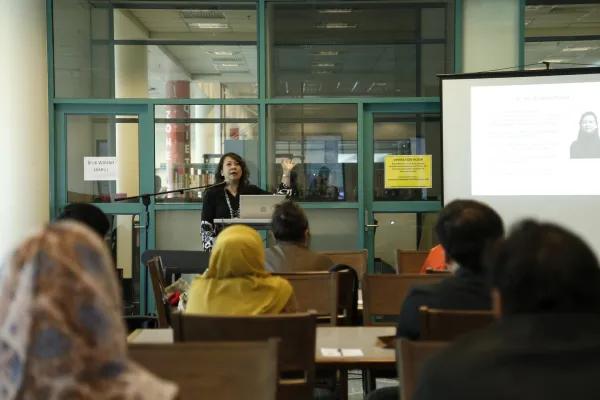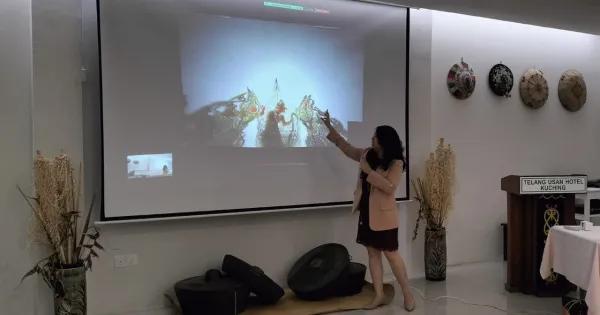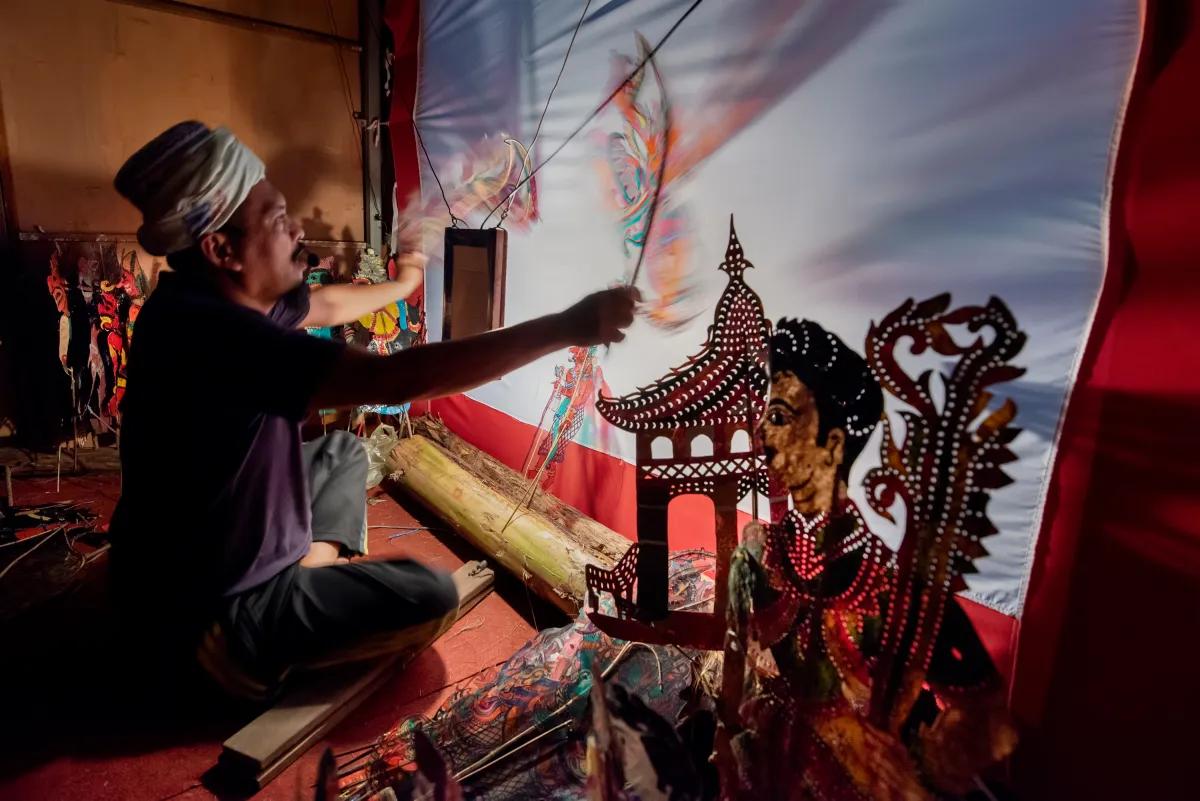Preserving Traditional Arts and Crafts
Traditional arts and crafts are reflections of a people’s cultural heritage and identity. They are not merely artefacts of the past but living treasures of our present and future. In Malaysia, these art forms represent the diverse tapestry of the country’s history, beliefs, and traditions, spanning various ethnic groups and indigenous communities from East and West Malaysia.

From enchanting performances like the Mak Yong dance, Kelantan shadow play, Bharatanatyam dance and Chinese opera to exquisite visual arts such as batik painting, songket weaving, woodcarving, basketry, beadwork, pottery, and silver filigree work, Malaysia is home to a myriad of traditional art forms. Each art form represents a unique facet of Malaysian culture, captivating audiences with culture and stories passed down for generations.
It has thus become the responsibility of academics and researchers to conduct studies on these local arts and crafts, advocating for their preservation and conservation. By delving into these artistic traditions, one can unravel the stories, techniques, beliefs, customs, values and cultural significance behind them. This research bridges the past and the present, shedding light on the historical, social, and cultural contexts in which these art forms have evolved.
These academic endeavours also hold immense relevance and benefits for various levels of society. The findings provide insights into these art forms' techniques, symbolism, and meanings, enriching the understanding of the associated cultural significance. The results also look into adapting to the demands of the modern world. This includes embracing digital platforms and incorporating contemporary themes and styles to remain relevant and appealing to younger audiences and the wider public.

The preservation and conservation of traditional arts and crafts align with UNESCO’s intangible cultural heritage designation. Through this research and advocacy, the cultural art forms are nationally and globally recognised and valued for significance. This contributes to preserving Malaysia’s cultural heritage and promotes cross-cultural appreciation worldwide.
Besides, the preservation of traditional arts and crafts contributes to the United Nation’s Sustainable Development Goals (SDGs), particularly Goal 11 (Sustainable Cities and Communities) and Goal 16 (Peace, Justice, and Strong Institutions). It fosters the development of sustainable cities and communities by promoting cultural diversity, social cohesion, and economic opportunities. It also promotes peace and justice by providing a platform for intercultural dialogue and appreciation.
Collaboration is critical at multiple levels to preserve and sustain traditional arts and crafts. At the individual level, one can learn about cultural heritage, support local artisans by purchasing and encouraging their artworks, and actively engage in cultural workshops and performances. At the societal level, initiatives such as cultural festivals, exhibitions, educational programmes and curricula play a crucial role in promoting traditional arts and crafts. Collaborations between artists, cultural institutions, and local communities can create platforms for showcasing and sharing traditional arts and crafts. At the national level, the government should provide financial support, establish cultural institutions and centres, offer training programs for artisans, and enact legislation protecting their intellectual property rights.
In conclusion, academics and researchers play a vital role in preserving cultural heritage and promoting cultural sustainability. The impact of these research and studies is not limited to academia but to all levels of society. Through knowledge transfer and knowledge-sharing programmes and activities, we cultivate a sense of ownership and pride to safeguard one’s cultural heritage. The author, for one, strongly advocates this, actively sharing research with various community levels and educational institutions.
Through these efforts, the author believes everyone can foster appreciation, support, and active participation in preserving and conserving Malaysia’s traditional arts and crafts, ensuring their continuity and sustainability for future generations.
Dr Fiona Wong E Chiong
School of Arts
Email: @email




